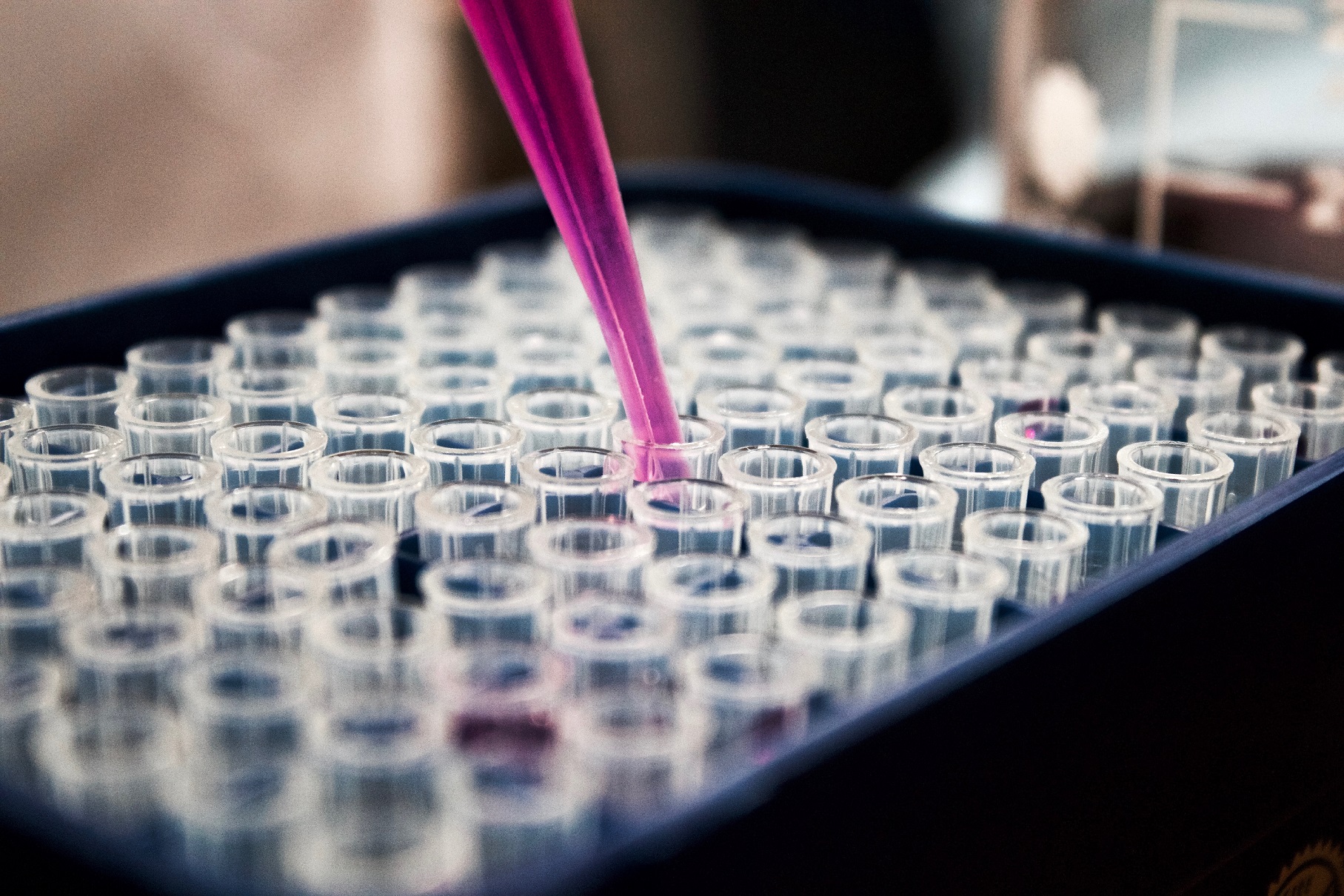Bacterial infection and viral infection sometimes share similar symptoms, such as runny nose and fever. However, they are different in pathology and treatment. Antibiotics cannot treat viral infection, and antimicrobial resistance can be caused when antimicrobials are used to unmatched pathogens, resulting ultimate ineffectiveness of drugs against pathogen and uncurable, fatal diseases. Therefore, identifying infection category should be the first step of treatment.
Classic Test—WBC
When a patient goes to hospital, WBC is usually prescribed to him. White blood cells, neutrophils and lymphocytes are widely employed for identifying infection type. However, its normal range can vary from person to person. The reference range is wide, and often a test result that is 30% higher than the ceiling can be considered evidence for diagnosis. Furthermore, when severe infection suppresses the bone marrow function, WBC may show a decrease. Therefore, WBC results alone are not sufficient for an accurate diagnosis.
Gold Standard—Bacteria Culture
Bacteria culture can help determine the pathogen of infection, assisting diagnosis and prescription. It takes sample from a patient’s blood, urine, skin or other part of body according to the suspected infection. However, it requires 1 or more days to get a result. The waiting time can be torturing for patients, or even fatal.
Inflammatory Markers—CRP and PCT
As recommended by various international institutions, a combined test of multiple inflammatory markers can greatly assist in the diagnosis and directing antibiotic usage.
Triggered by various inflammatory cytokines,
CRP increases greatly at bacterial infections but mildly at viral infection. However, there has been no referable threshold to attribute a test result into bacterial or viral infection. Thus, other test results and the clinical symptoms need to be taken into consideration.
PCT in serum samples from healthy people are usually low, below 0.0025ug/L. The level of PCT is diverse in non-infectious and infectious conditions, especially in systemic infection. Furthermore, PCT is faster than CRP and SAA in increasing infection and decreasing treatment, making it a satisfactory marker for monitoring antibiotic usage. Up to now, many expert consensuses have been launched to direct antibiotic usage. And lately, Wondfo held a webinar for experts discussing the various roles of PCT in sepsis, antimicrobial stewardship, COVID-19 management and intensive care. Click
here to watch the whole record of webinar.
Conclusion
Antibiotic misuse is quite common nowadays and has already caused several cases of pandrug-resistant infection. Wondfo provides
CRP Rapid Quantitative Test together with
PCT Rapid Quantitative Test, with turnaround time being 3 mins and 15 mins respectively. Simple operation with portable instrument allows immediate tests on site, greatly saving time for life.
Wondfo Biotech has been committed to safeguarding people’s health and happiness, and to improving lives with better products, services, and solutions. With cutting-edge technologies and products of promised quality, we care everyone’s health, and race for life to save every second.
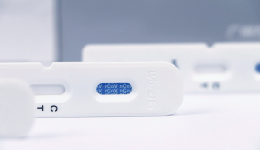 The first developed technology platform with various application scenarios, including infectious disease, fertility, DOA, etc.
The first developed technology platform with various application scenarios, including infectious disease, fertility, DOA, etc.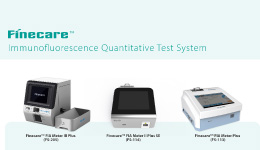 50+ kinds of reagents and five high-performance devices, focusing on detecting cardiovascular disease, inflammation, kidney injury, sex hormones, thyroid function, diabetes, tumor, and others.
50+ kinds of reagents and five high-performance devices, focusing on detecting cardiovascular disease, inflammation, kidney injury, sex hormones, thyroid function, diabetes, tumor, and others. Single-dose Chemiluminescense Immunoassay Platform
Single-dose Chemiluminescense Immunoassay Platform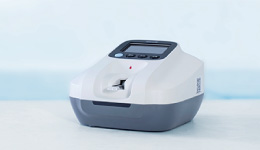 Wondfo optical blood coagulation analyzer is the first one in the world that can test PT, APTT, TT, FIB, and ACT simultaneously.
Wondfo optical blood coagulation analyzer is the first one in the world that can test PT, APTT, TT, FIB, and ACT simultaneously.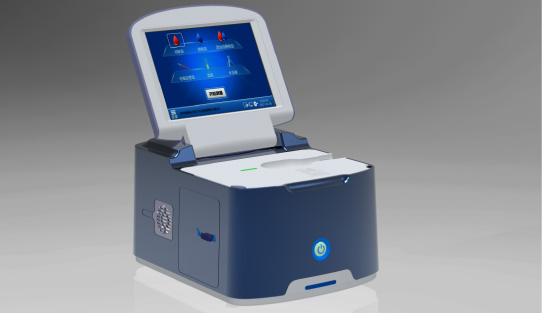 Our Blood Gas Analyzer BGA-102 can produce the result in 30s. Its advantages of portability, easy operation, durability, and high performance make it ideal for clinics, laboratories, and hospitals.
Our Blood Gas Analyzer BGA-102 can produce the result in 30s. Its advantages of portability, easy operation, durability, and high performance make it ideal for clinics, laboratories, and hospitals. Ready-to-use lyophilized RT-PCR Reagent;
Ready-to-use lyophilized RT-PCR Reagent;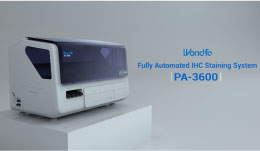 Wondfo PA-3600 IHC Staining System
Wondfo PA-3600 IHC Staining System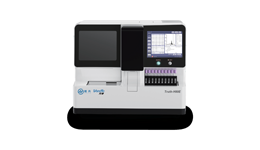 The Wondfo Truth-H80E HPLC Hemoglobin Analyzer is a high-performance diagnostic device designed for rapid and precise measurement of glycosylated hemoglobin (HbA1c)—the gold standard for diabetes diagnosis.It support the standard mode and variant mode and provide the result within 60-90seconds.
The Wondfo Truth-H80E HPLC Hemoglobin Analyzer is a high-performance diagnostic device designed for rapid and precise measurement of glycosylated hemoglobin (HbA1c)—the gold standard for diabetes diagnosis.It support the standard mode and variant mode and provide the result within 60-90seconds. This year, the summit will place a special focus on collaboration across different fields to explore the application of POCT and optimize clinical pathways. In the meantime, drive innovation by adoption of new technologies and biomarkers.
This year, the summit will place a special focus on collaboration across different fields to explore the application of POCT and optimize clinical pathways. In the meantime, drive innovation by adoption of new technologies and biomarkers.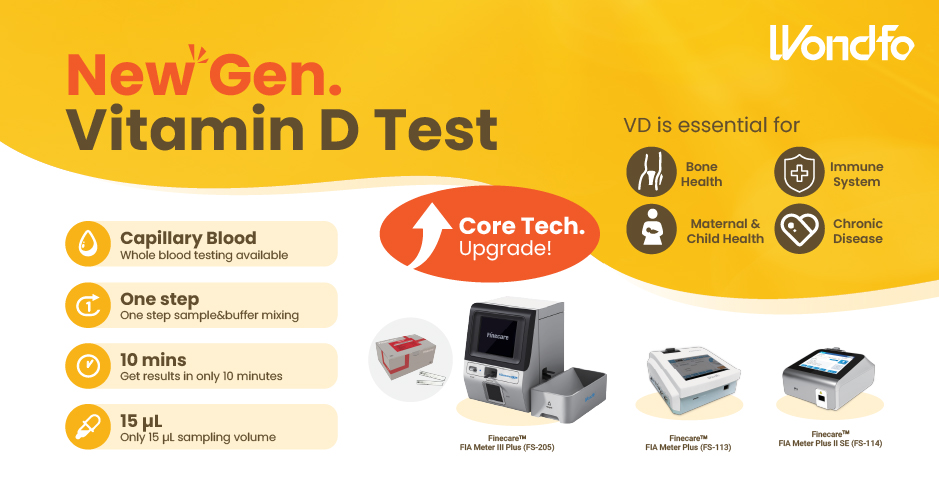 Finecare™ Vitamin D, from complexity to simplicity
Finecare™ Vitamin D, from complexity to simplicity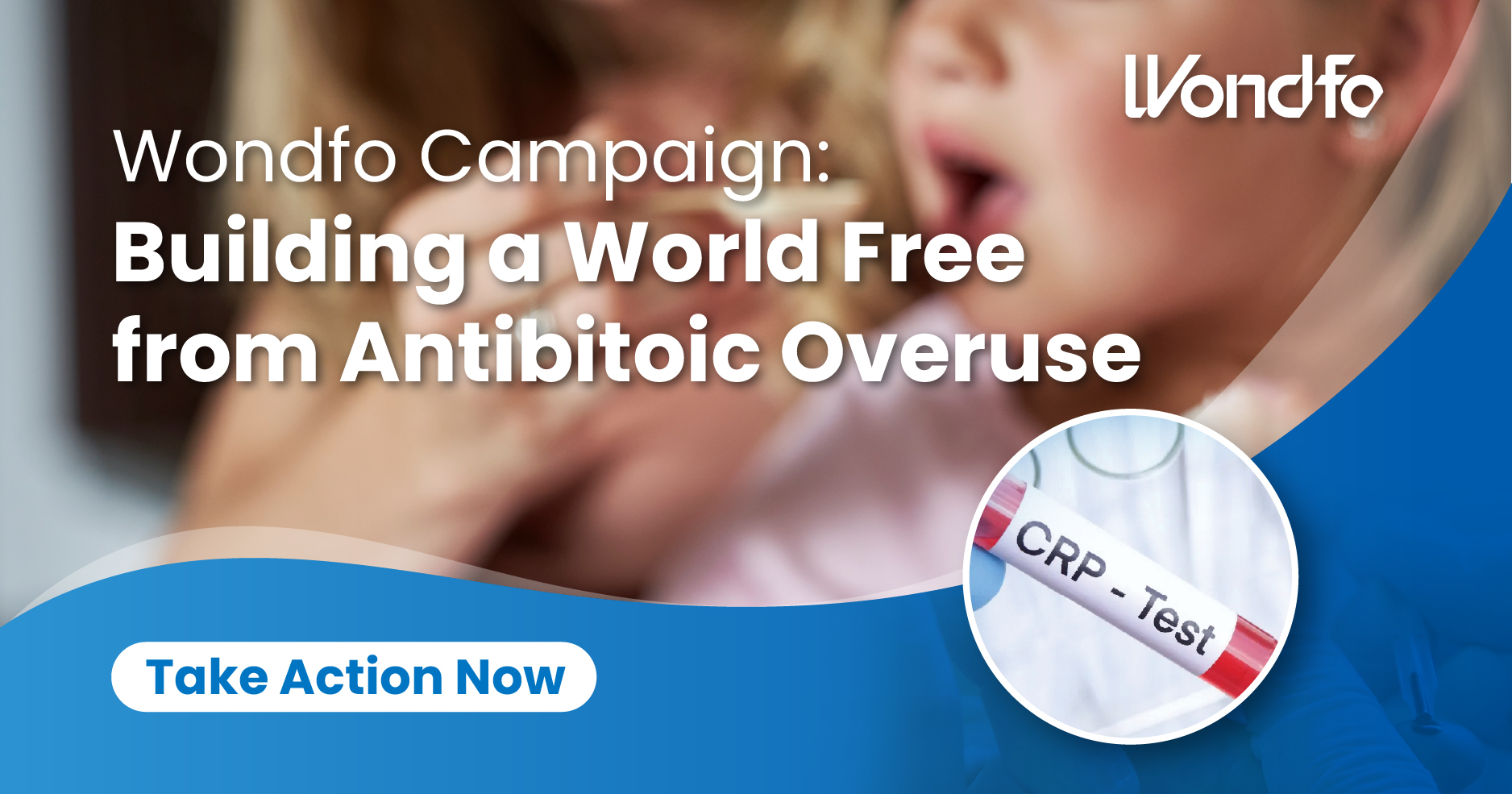 Building A World Free from Antibitoic Overuse
Building A World Free from Antibitoic Overuse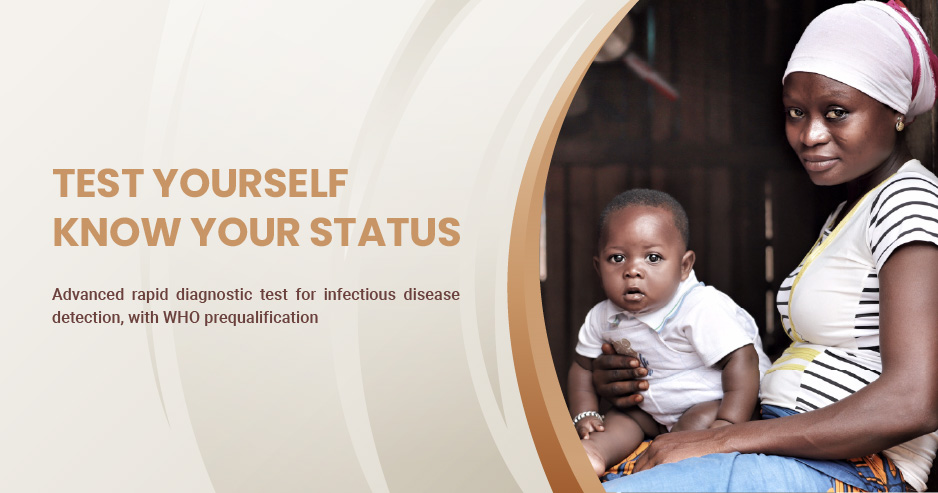 Advanced rapid diagnostic test with WHO prequalification for infectious disease
Advanced rapid diagnostic test with WHO prequalification for infectious disease The Future Intelligent Medical Assistant to Healthcare
The Future Intelligent Medical Assistant to Healthcare Fight against the pandemic through continuous innovation
Fight against the pandemic through continuous innovation


















